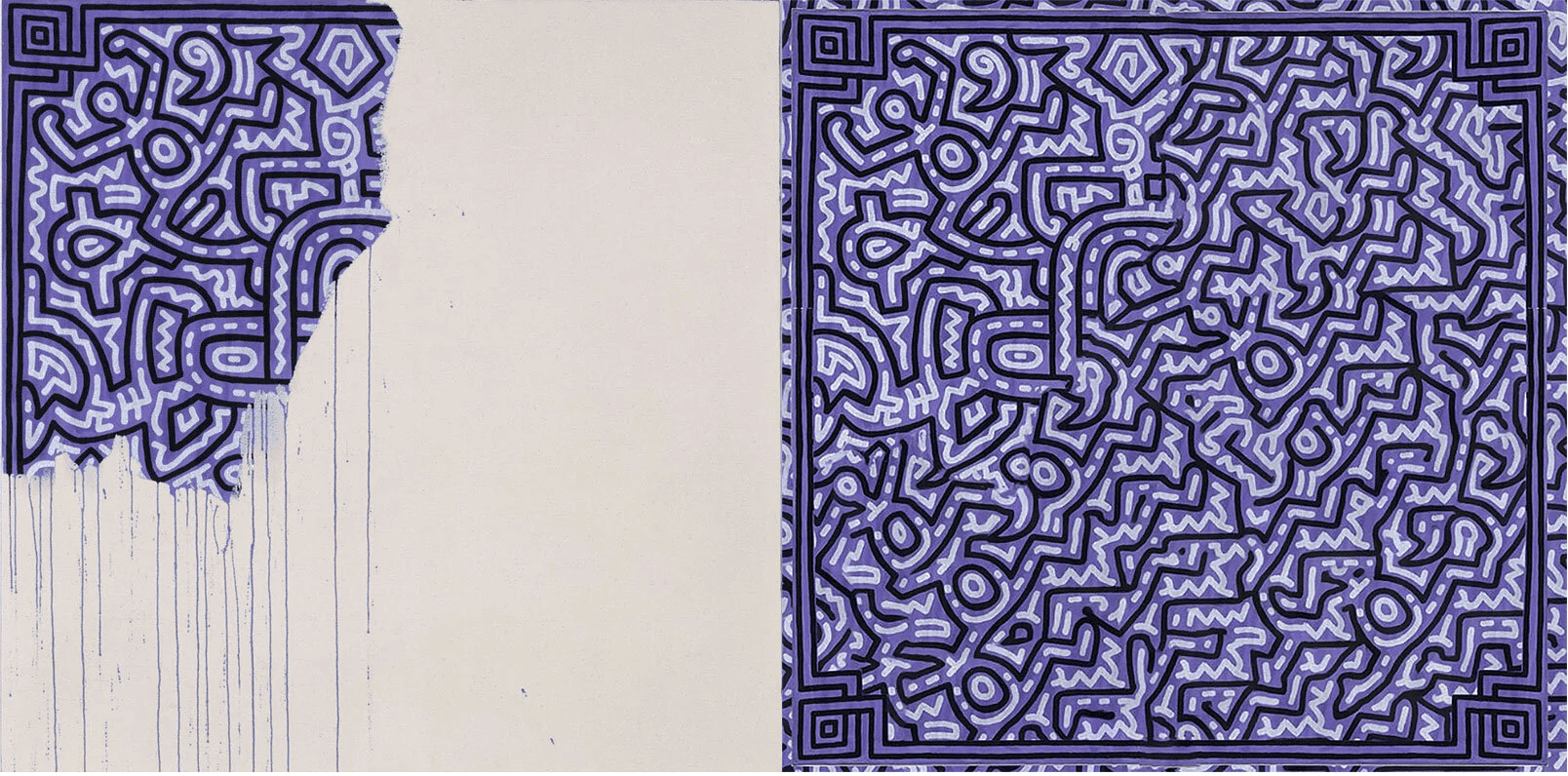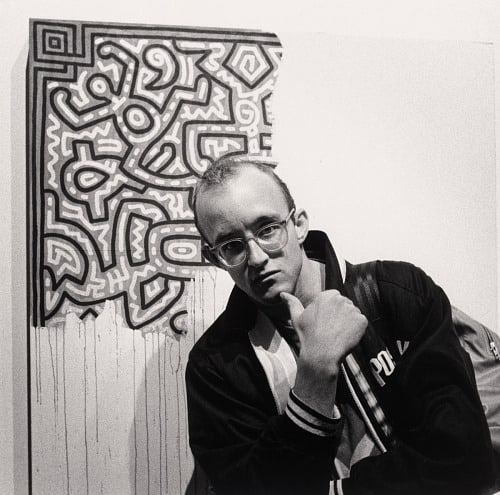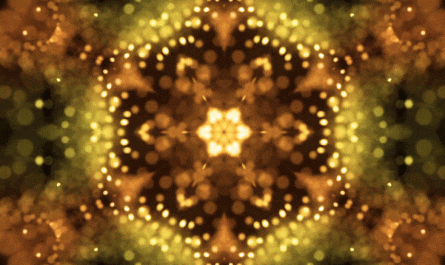
Keith Haring was an influential American artist known for his distinctive, vibrant, and accessible art style that emerged from the New York City street culture of the 1980s. He tragically died in 1990 due to AIDS. Only a year prior, the influential artist unveiled his last work called “Unfinished Painting” (1989). The artwork was intentionally left partially blank to symbolize the void left by the HIV epidemic. Only the canvas’s left-hand corner was filled in with a purple, black, and white pattern. Dripping purple lines bleed from the unfinished design.
“My life is my art, it’s intertwined,” Haring said in a 1989 interview. “When AIDS became a reality in terms of my life, it started becoming a subject in my paintings. The more it affected my life the more it affected my work.”
This week, a user on X (formally Twitter) posted Haring’s last artwork with a twist — the blank space has been filled with the help of an AI tool.
An innocent experiment or AI sacrilege?
“The story behind this painting is so sad!” X user @DonnelVillager writes in the image’s caption. “Now using A.I. we can complete what he couldn’t finish!”
The post quickly turned viral and sparked backlash as hundreds of art enthusiasts reacted furiously at the irony of it all.
“This is sooooo wrong. The point is it’s unfinished because he died. Using AI to finish it is a travesty, and you should take this post down,” one user replied, while another said the whole thing is “disgusting, a desecration, an act of sacrilege.”
Artist Brooke Peachley was particularly scolding in an interview with Hyperallergic.
“Not only does ‘completing’ the painting completely negate it of its original meaning, but spits on the tens of thousands of queer individuals who lost their lives to the AIDS epidemic in the ’80s and ’90s.”
She adds: “To do so using generative A.I., a computer program that cannot feel the weight of what it is doing nor create with any sort of human intention, only adds to the disrespect.”


Other commentators have pointed out that the AI-generated image is not only a transgression — it’s also plain wrong. Born in 1958, Haring gained prominence with his public art in subways, where his chalk-drawn figures and rhythmic lines captivated the urban audience. Human figures are almost always a constant theme in his artworks, the Unfinished Painting is no exception. You can notice multiple superimposed human figurines in different poses in the original artwork — but the AI “completed” work does a poor job of replicating these features. Its random patterns and lines merely mimic the original, a soulless form without substance.
But soon, the conversation pivoted to touch upon the broader ethical concerns of using AI art. Jon Lam, an artist who previously did work for X-men, Valorant, and Overwatch 2, shared a Google Doc filled with over 16,000 artists whose work has been scraped without their consent by AI art generator Midjourney.
The legal landscape surrounding AI-generated art remains as abstract as the art itself. More recently, Getty Images took the popular AI image generator Stability AI to court — the resolution will set the stage for future legal battles that are certain to follow.
In response to these legal and ethical dilemmas, some organizations have taken a pre-emptive stance. Getty Images, for example, has banned AI-generated illustrations from its portfolio of stock images, while the scientific journal Nature announced it will not publish images or videos created with generative AI tools. These measures reflect the growing concern over copyright issues and the desire to maintain the integrity of human-generated content.
Ownership of AI-generated art is another ethical conundrum. Does the copyright belong to the artist who provided the prompt, the algorithm, or the company that developed the AI? This debate is far from settled, with legal frameworks struggling to keep pace with technological advancements.

